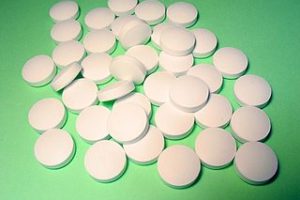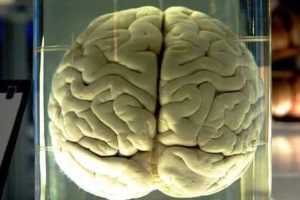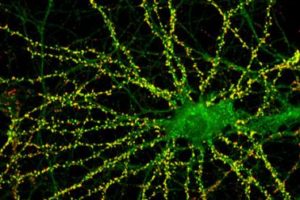journal of neuroscience
Antioxidant has potential in the Alzheimer’s fight
When you cut an apple and leave it out, it turns brown. Squeeze the apple with lemon juice, an antioxidant, and the process slows down. Simply put, that same “browning” process — known as oxidative stress — happens in the brain as A…
Dodging the cognitive hit of early-life seizures
About half of newborns who have seizures go on to have long-term intellectual and memory deficits and cognitive disorders such as autism, but why this occurs has been unknown. In the December 14 Journal of Neuroscience, researchers at Children’s Hospit…
Drug reverses aging-associated changes in brain cells
Drugs that affect the levels of an important brain protein involved in learning and memory reverse cellular changes in the brain seen during aging, according to an animal study in the December 7 issue of The Journal of Neuroscience. T…
Malaria medication may help against 1 type of frontotemporal dementia
Frontotemporal dementia is caused by a breakdown of nerve cells in the frontal and temporal region of the brain (fronto-temporal lobe), which leads to, among other symptoms, a change in personality and behavior. The cause of some forms of frontotemp…
MRI scans reveal brain changes in people at genetic risk for Alzheimer’s
People with a known, high risk for Alzheimer’s disease develop abnormal brain function even before the appearance of telltale amyloid plaques that are characteristic of the disease, according to a new study.
Researchers at Washington Universit…
U of M researchers find learning in the visual brain
A team of researchers from the University of Minnesota’s College of Liberal Arts and College of Science and Engineering have found that an early part of the brain’s visual system rewires itself when people are trained to perceive patterns, and have …
Collecting your thoughts: You can do it in your sleep!
It is one thing to learn a new piece of information, such as a new phone number or a new word, but quite another to get your brain to file it away so it is available when you need it.
A new study published in the Journal of Neuroscience by resear…
Gene therapy cuts levels of Alzheimer's protein
A molecule that naturally degrades a protein linked to Alzheimer’s disease appears to reduce the levels of that protein by nearly 50 percent when delivered by gene therapy, researchers at the Salk Institute and UC San Diego have found in collaboration with researchers at the University of Kentucky. The findings appear in the March 15 issue of the Journal of Neuroscience.
Link found between estrogen, changes in brain structure, and learning and memory
Scientists have discovered how estrogen initiates physical changes in rodent brain cells that lead to increased learning and memory — a finding, the researchers contend, that illustrates the likely value of the hormone to enhance brain functioning in women. Their study, published in the March 15 issue of The Journal of Neuroscience, describes for the first time a chain of molecular events that is activated in the brain’s primary memory center, called the hippocampus, when estrogen bathes nerve cells.
Scientists Map How Alzheimer’s Disease Systematically Engulfs the Brain
UCLA and University of Queensland (Australia) neuroscientists using a powerful new imaging analysis technique have created the first three-dimensional video maps showing how Alzheimer’s disease systematically engulfs the brains of living patients. The findings appear in the Feb. 1 edition of the peer-reviewed Journal of Neuroscience. The dramatic time-lapse videos show the sequential destruction of brain areas that control memory function, then emotion and inhibition, and finally sensation. They also show how the disease spares small brain regions that control vision and other functions that remain intact in Alzheimer’s patients




